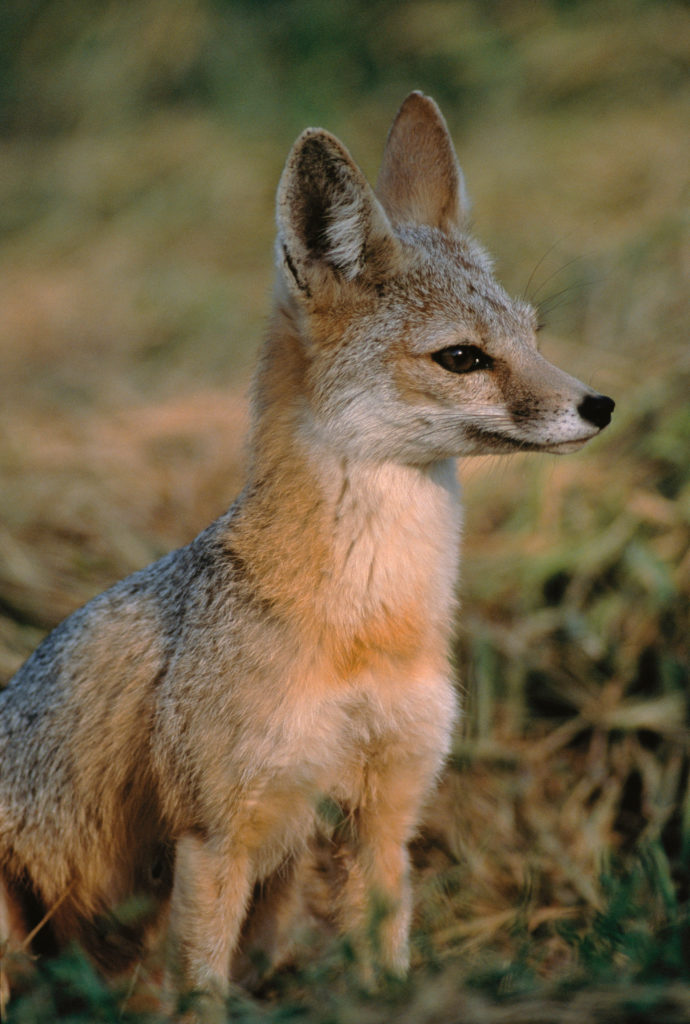An analysis by CSP finds a strong correlation between the density of off-highway vehicle (OHV) road networks and space use by Sonoran Desert kit fox during the winter months.
 The kit fox, a species that inhabits low-elevation regions of Arizona’s Sonoran Desert, was the subject of a collaboration between CSP and researchers from Arizona Game & Fish Department. Kit fox populations in this area have been declining in response to industrial, agricultural, and urban development. This study, published in The Journal of Wildlife Management, is the first to specifically investigate the relationship between OHV road networks and kit fox space use.
The kit fox, a species that inhabits low-elevation regions of Arizona’s Sonoran Desert, was the subject of a collaboration between CSP and researchers from Arizona Game & Fish Department. Kit fox populations in this area have been declining in response to industrial, agricultural, and urban development. This study, published in The Journal of Wildlife Management, is the first to specifically investigate the relationship between OHV road networks and kit fox space use.
CSP’s Jesse Anderson and Brett Dickson used several types of information for this study — monitoring data collected for 22 foxes over a 3-year period, spatial (landscape) data, and aerial surveys of OHV use — to assess environmental variables such as road density, topographic features, and distance to water and development. The study area included two sites in central Arizona.
They found that only one variable — road density in winter — correlated strongly to negative space use impacts (that is, a decrease in the amount and/or quality of available kit fox habitat). This result is likely due to higher OHV use during the cooler winter months, when kit foxes engage in breeding, denning, and pupping activities.
The study results suggest that expanding OHV road networks will likely result in habitat loss for kit foxes. Managers will ultimately need to balance these types of recreational opportunities with the need to conserve habitat for species such as the kit fox.

